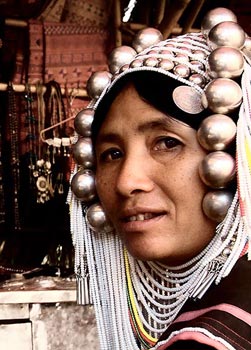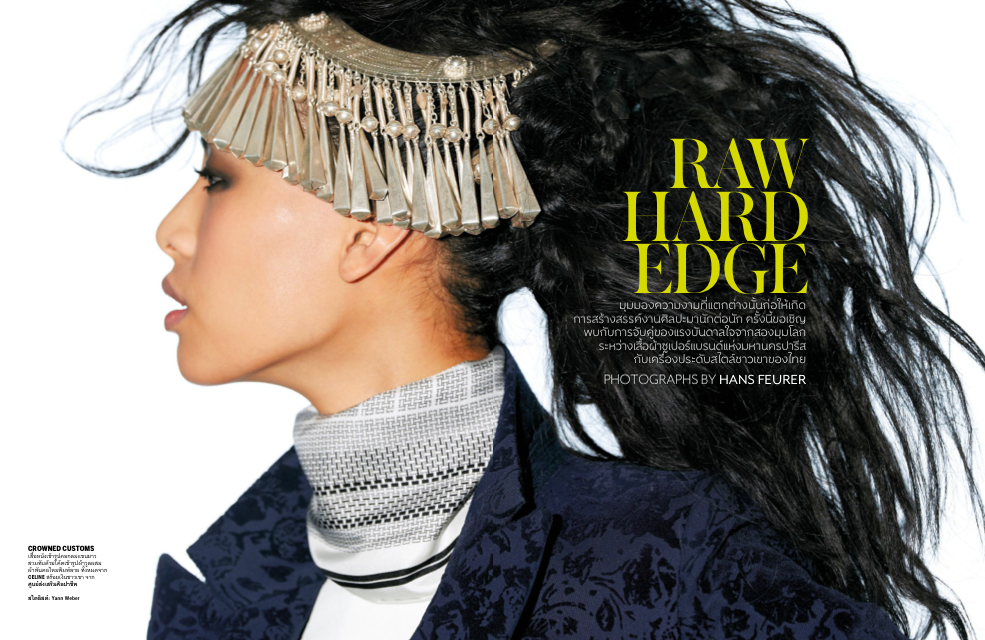Dating back to the 1970s when the calculator watch was introduced to the market, to the wearable computer in the 80s, to wrist mobile phones in early 2000s, and now with Google Glasses, Apple Iwatch, and fitness tracker products. Modern technology is getting smaller and smaller in size, but smarter its capacity and functionality.
Jewelry used to have no connection with technology, but not anymore. Jewelry is now used as the host material for the mini size smart system. At this time we might imagine that bulky plastic fitness bracelet that used to be popular. They are all out of trend and replaced with the beautifully designed multi-function tech jewelry, especially when it's incorporated with fashion brands. Alerting coming notification from the contacts on phone without holding the phone, health-tracking functions, usb phone charger, alerting a security team when there has been a violent crime are some of the functions that current tech jewelry products can do which is very smart.
Despite of its smartness, I do feel some of fashionable tech jewelry are overwhelmingly advertised without the proper functionality. I watched a CUFF jewelry advertisement of a pretty and young professional women who saw an alert on her wrist for incoming call from the smartphone, which is located in her bag. I think people are already learned to survive lives on busy day that is bombarding with phone calls, why bother the notification alert on tech jewelry when it is quite easy to do it manually. In other words, the function like this would defintely make people lazier in the future.
However, there are some tech jewelry (and accessory) designs, which are fashionable and stunningly beautiful, that I would love to own. The list is below.

1. MICA, a smart bracelet collaborating project by Opening Ceremony and Intel. Unlike other tech jewelry, MICA has nothing to do with smartphone and bluetooth. Its function is alerting of text, calendar, and mail which are synced with Google account.
1. MICA, a smart bracelet collaborating project by Opening Ceremony and Intel. Unlike other tech jewelry, MICA has nothing to do with smartphone and bluetooth. Its function is alerting of text, calendar, and mail which are synced with Google account.
2. CUFF is used as phone alerting system via Bluetooth technology
3. Tory Burch for Fitbit, a smart jewelry collection collaborating project by Tory Burch and Fitbit. The product is functioned for fitness and activity tracking, such as steps, distance, calories burned and sleep.
4. KOTUR’s #GetSmartBag is a smart clutch that we don’t need to open the clutch to answer or to selfie with friend in the party.
5. Ringly is a connected smart ring. Its function is to alerting the incoming calls, texts, emails and other updates through vibrations and light
6. This is a collaboration tech jewelry project between Rebecca Minkoff and Case-Mate.
As a fan of this fashionable wearable tech trend, I found the design that contains a separating tiny rechargeable and replaceable system unit very interesting, like CUFF (# 2, on the list) and Tory Burch for Fitbit (#3). Because of this separation, we can create our own customized tech jewelry design at ease by using CAD and 3D printing system.
"Coolest tech accessories + phone cases: Editors best of 2014." 2014. 4 May. 2015 <http://coolmomtech.com/2014/12/coolest-tech-accessories-stylish-gadget-cases-editors-best-tech-of-2014/>
"Cuff - Smart Jewelry." 2014. 4 May. 2015 <https://cuff.io/>
"Jewelers Enter the Wearable Technology Market - NYTimes ..." 2014. 4 May. 2015 <http://www.nytimes.com/2014/12/05/style/international/jewelers-enter-the-wearable-technology-market.html
"Tory Burch for FitBit — Tech Test Lab Review | Apartment ..." 2014. 4 May. 2015 <http://www.apartmenttherapy.com/tory-burch-for-fitbit-tech-test-lab-review-206465>







